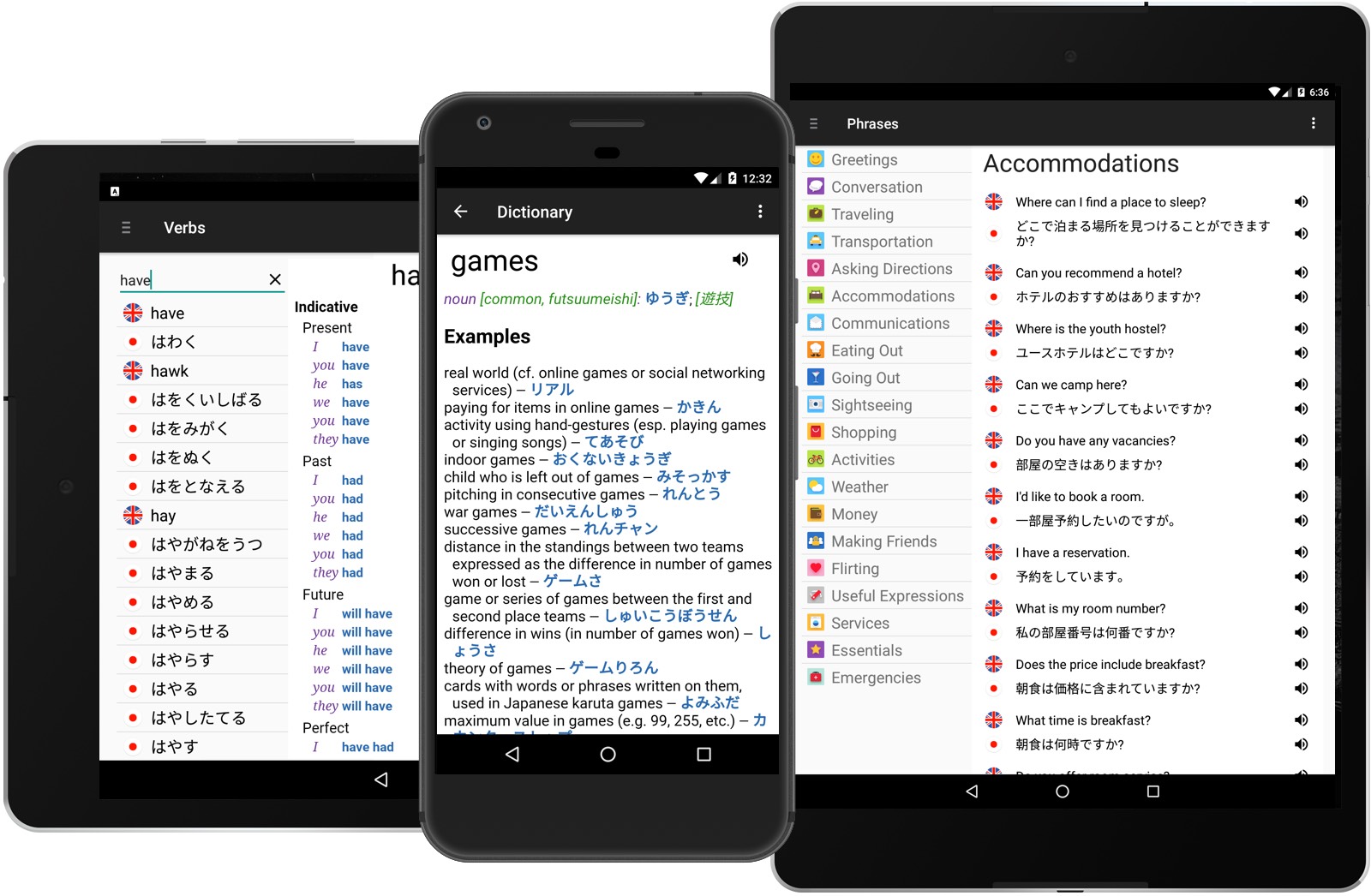

It is recommended to use translations that will be appealing within the culture. A word or phrase often contains multiple meanings.Ī direct translation is certainly not wrong, but it may be too strong or offensive in the Japanese culture. Japanese try to avoid directness, preferring to use vague or ambiguous communication. Japanese Prefer an Indirect Way of Communication These details must be taken from the context, but the context may not be enough to clarify. Also, it is not clear who received the apple. In this example, when reading the Japanese sentence, you do not know if the person (or persons) received one apple or multiple apples. On top of omitting the subject, there is no differentiation between plural and singular in Japanese, making translation quite difficult, especially from Japanese to English.Įnglish: I/you/he/she/they received an apple/apples from Nancy.

In these cases, keeping the subject and/or object in the translation is not incorrect, but it does not sound natural in Japanese. Japanese: Go? (If the subject is “you,” the subject should be omitted to sound natural). (And the object is often omitted as well) (If the subject is “I,” the subject should be omitted to sound natural). In Japanese, the subject, or even object, is often omitted. For example, if you insert line breaks like below, it will not work well with a translation tool since it will recognize each line as a sentence and the translator will have a difficult time translating the sentence.Īt a café by the beach. Therefore, it is important to keep the entire sentence intact without any line breaks in the middle. When translating a sentence, the translator will have to look at the entire sentence and change the word order. English is ordered as subject, verb and then object. Japanese sentences are structured in the order of subject, object and then verb. In Japan, 99% of the time, they say, “otsukaresamadeshita,” which literally means, “you are tired,” but in this context it means, “I appreciate all your hard work rest well now.” There is no English word or phrase that can capture the essence of “otsukaresamadeshita” in all of its potential meanings. You may say to your co-workers, “bye, see you tomorrow,” as you leave from work in the U.S. Many words in one language have no direct translation in the other. Japanese and English come from completely different linguistic origins. In this blog, I’d like to point out the language differences between English and Japanese. To capture Japanese audiences, you may want to consider redesigning your website to suit their preferences. As you may notice, many Japanese websites are loaded with images, graphs and drawings. The Japanese culture prefers a more visual manner of display. In addition to lingual differences, you may need to consider cultural differences for the Japanese market. English to Japanese translation can be challenging due to the various differences between the two languages.

Japanese is a complex language to master.


 0 kommentar(er)
0 kommentar(er)
